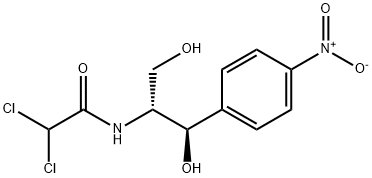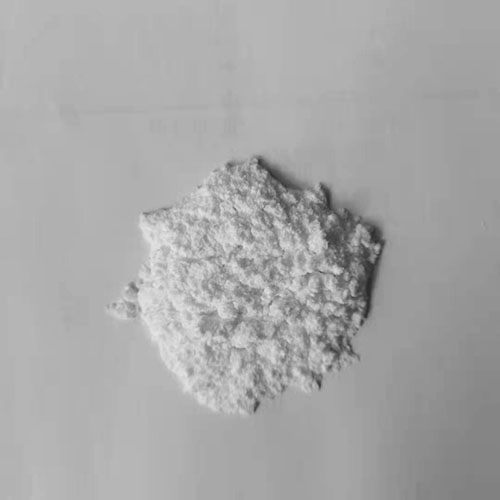Uses of Chloramphenicol
Chloramphenicol was first isolated from cultures of Streptomyces venezuelae in 1947 but now is produced synthetically. As the first discovered broad-spectrum antibiotic, it acts by interfering with bacterial protein synthesis.
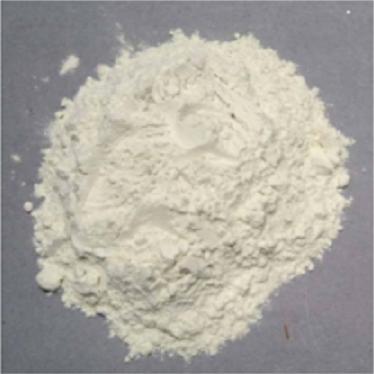
Uses
Chloramphenicol as an antibiotic is active against grampositive and gram-negative bacteria and anaerobic microorganisms. It was originally introduced as a treatment for typhoid but now it is rarely used for this purpose because of the prevalence of multiple drug-resistant Salmonella typhi. As it has an excellent blood–brain barrier penetration, chloramphenicol is the antibiotic of choice for brain abscesses caused by staphylococci and mixed or unknown microorganisms. Chloramphenicol is used in the treatment of meningitis when there is allergy to penicillin or cephalosporin. It may also be effective against vancomycin-resistant enterococci.
Environmental Fate
In the aquatic system, chloramphenicol is not expected to
adsorb to suspended solids and sediments given by the Koc
(Soil Organic Carbon–Water Partitioning Coefficient) value
of 99.
Chloramphenicol solutions are susceptible to direct photolysis
by sunlight or high temperatures and decompose to form
hydrochloric and dichloric acid. Hydrolysis of chloramphenicol
is not anticipated under environmental conditions because
it lacks a functional group to hydrolyze. Chloramphenicol has
been reported to degrade 86.2% with a biodegradation rate of
3.3 mg COD per gram per hour using adapted activated sludge
as the inoculums. It can also be degraded by intestinal bacteria
via amidolysis to 18 observed metabolites.
Mechanism of Toxicity
As an antibiotic, chloramphenicol enters the target cells by facilitated diffusion and binds reversibly to the 50S ribosomalsubunit. This prevents the interaction between peptidyl transferase and its amino acid substrate, which results in the inhibition of peptide bond formation.
Indeed, it is an inhibitor of protein synthesis in the bacteria and to a lesser extent, in eukaryotic cells. Chloramphenicol can also inhibit mitochondrial protein synthesis in mammalian cells particularly erythropoietic cells, which are sensitive to the drug.
);You may like
Related articles And Qustion
Lastest Price from Chloramphenicol manufacturers
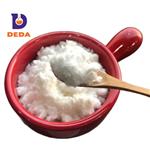
US $10.00-5.00/kg2024-04-30
- CAS:
- 56-75-7
- Min. Order:
- 1kg
- Purity:
- 99.5
- Supply Ability:
- 10 ton per month
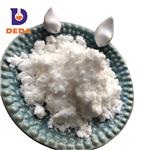
US $10.00-5.00/kg2024-04-30
- CAS:
- 56-75-7
- Min. Order:
- 1kg
- Purity:
- 99.5
- Supply Ability:
- 10 ton per month
